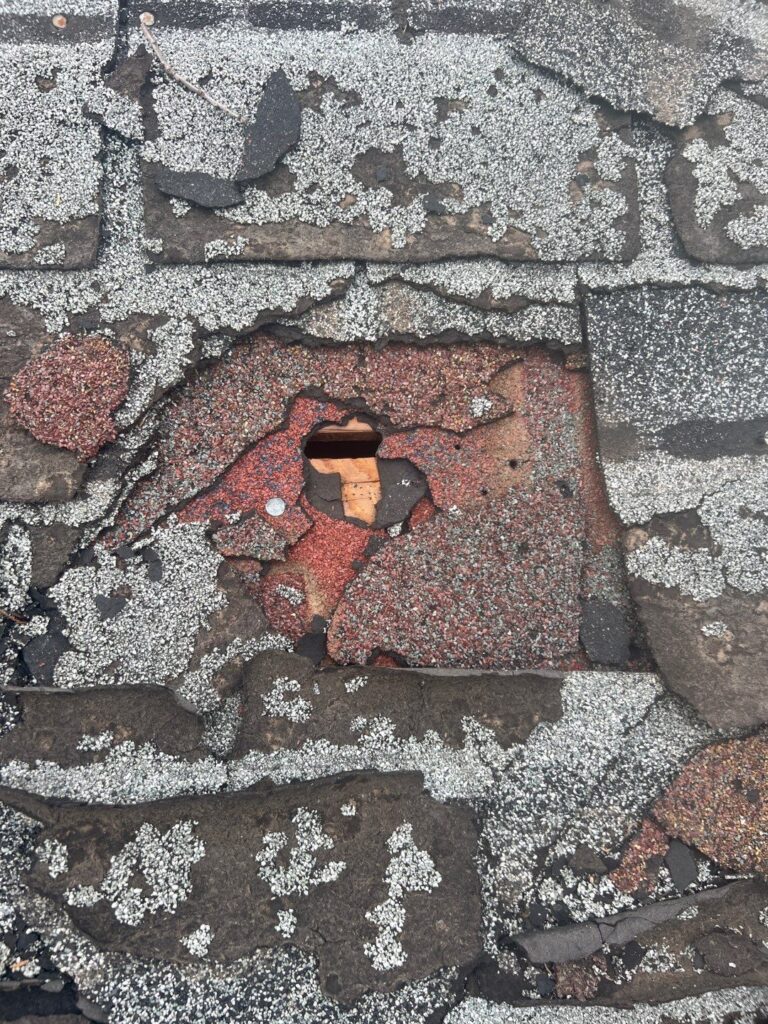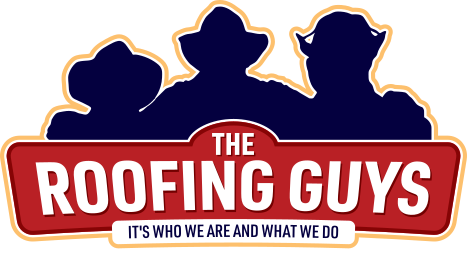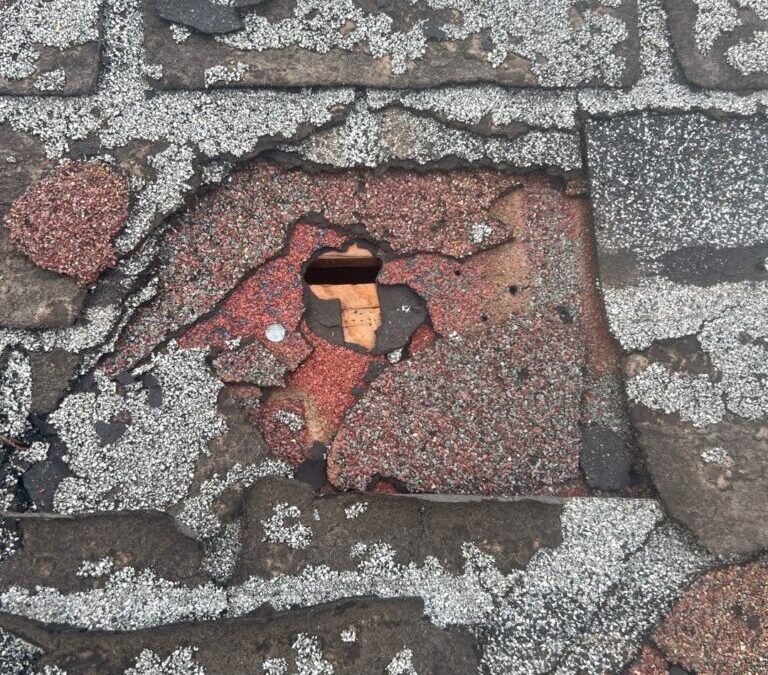Recognizing the early signs of a roof leak is critical in preventing significant damage and avoiding costly repairs. This detailed guide outlines the indicators that suggest a potential roof leak, empowering homeowners to act swiftly and ensure their property’s safety and integrity.

Recognizing Water Stains
One of the first and most obvious signs of a roof leak are water stains that appear on ceilings and walls. These stains may range from yellow to brown and often form unique patterns. Such discolorations should prompt an immediate inspection to verify their source and address any potential roof damage.
Detecting Odors and Moisture
Persistent musty smells in your home can be a telltale sign of a roof leak. These odors often develop from damp areas where water has accumulated, likely from a roof compromise. Identifying and rectifying these leaks early can prevent the spread of moisture and protect interior spaces.
Mold and Mildew Formation
The presence of mold or mildew in corners, attics, or other poorly ventilated areas is a significant indicator of excess moisture, possibly due to a roof leak. These fungi not only signal water intrusion but also pose health risks, making early detection and remediation crucial.
Paint Damage
Water infiltrating through a leaky roof can lead to peeling, bubbling, or blistering paint. Such damage typically occurs near the roofline or in ceiling corners and warrants a thorough investigation to prevent further interior damage.
Sounds and Visible Dripping
Audible dripping sounds or visible water droplets inside the home clearly indicate roof leakage. These symptoms are especially prevalent during or after rainstorms and should be addressed by locating and sealing the leak source.
Ceiling and Structural Changes
A sagging or discolored ceiling can suggest ongoing water damage, often stemming from a persistent roof leak. Changes in the structural integrity of the ceiling require immediate action to prevent collapses or more extensive damage.
Shingle and Roofing Material Damage
Visually inspecting the roof for damaged or missing shingles can reveal vulnerability points where water may enter. Signs of wear, such as cracks or curling, can pinpoint areas at risk of developing leaks.
Insulation Dampness
Checking the attic for wet or damp insulation can provide early warnings of a roof leak. Moist insulation loses its efficiency and can lead to increased energy costs and further structural damage if not quickly addressed.
Unexplained Energy Cost Increases
An unexpected rise in energy bills may indirectly indicate a roof leak. Compromised roofs can affect home insulation properties, leading the heating or cooling systems to work harder and consume more energy.
CONCLUSION
Prompt recognition and action upon noticing any of these signs can drastically reduce the risks and costs associated with roof leaks. For homeowners in Tulsa, OK, consulting with a professional like The Roofing Guys ensures that any potential issues are swiftly and effectively resolved, safeguarding your home from the typical pitfalls of roof leakage.


Recent Comments